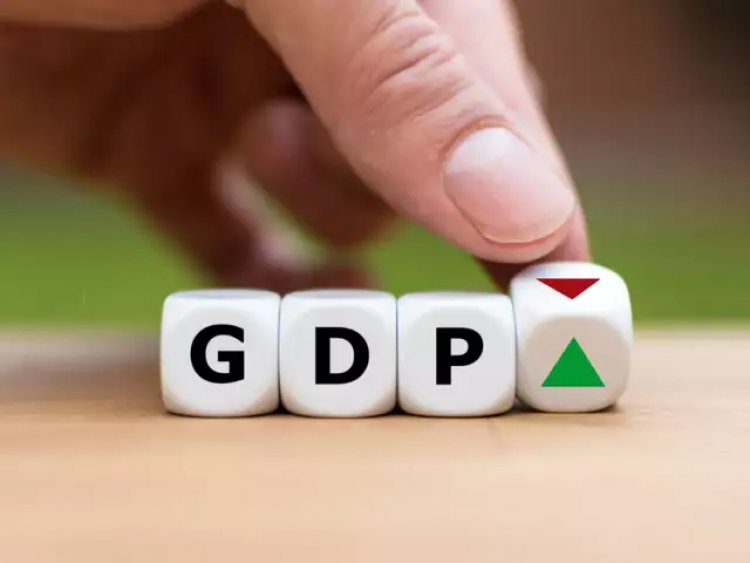Economy Still Searching for Durable Drivers of Consumption-Led Growth
STORIES, ANALYSES, EXPERT VIEWS

The National Statistical Office (NSO) has projected real economic growth marginally quickening to a 7.3% pace, from 2022-23’s 7.2%.
Low Agriculture growth
However, the scrutiny of sectoral output figures that together form the gross value added, and the demand data reflected in expenditure numbers, writes The Hindu “posit an economy still searching for durable drivers of consumption-led growth. While overall GVA growth is seen slowing to 6.9%, from the preceding fiscal’s 7%, the agriculture, livestock, forestry and fishing sector — the bedrock of the rural economy, one of the largest providers of work and the second-largest generator of economic value outside the services economy — will see output expanding by 1.8%, the slowest in eight years and less than half of 2022-23’s 4% pace. And even this pace of growth may be optimistic given the estimated shortfall in ‘kharif’ (crop sown in early summer to be harvested in autumn or at the beginning of winter) output and lag in ‘rabi’ (crops that are sown in winter and harvested in the spring ) sowing, particularly in paddy and pulses.”
At the same time, “the second-largest component of the services economy, the omnibus trade, hotels, transport, communication and broadcasting sector — also a large provider of jobs — is estimated to witness more than a halving in the pace of growth — to 6.3%, from 14% last fiscal…..”
Low rural demand
On the demand side, the paper writes “private final consumption expenditure — the largest component of GDP with a share that till two decades ago exceeded 60% — is projected to log its slowest non-pandemic year expansion in more than 20 years. At 4.4%, private consumption spending growth is estimated to have been at its lowest ebb since the pandemic……. With the rural economy struggling under the impact of the monsoon vagaries and the resultant weakness in farm output, demand for producers of a range of goods from soaps and detergents to packaged foods and two-wheelers is yet to regain any kind of vigour in the hinterland.”
Capital formation a bright spot
Gross fixed capital formation, which includes government capital spending “remains the main bright spot and driver of momentum. The NSO pegs GFCF growing 10.3% to reach a record 34.9% share of GDP this fiscal….”
Issue of fiscal space
Karan Bhasin (New York based economist) sees an additional “issue of fiscal space and particularly how much can the government consolidate in the medium term to have future space to respond to growth challenges. Many have been looking at tax revenues – both direct and indirect – to argue that India has some fiscal room.
“The unfortunate reality is that the pandemic saw the use of much of the fiscal space available in most countries and India is no different. Despite the robust tax revenues, the fiscal deficit still remains high, and it needs to be reduced over the next couple of years….”
However, “India is in a relatively comfortable situation given that its fiscal position will look much better over the coming years as it transitions to a $5,000 per-capita GDP economy. Basically, more households with taxable income and more income would result in more tax revenues.”
















